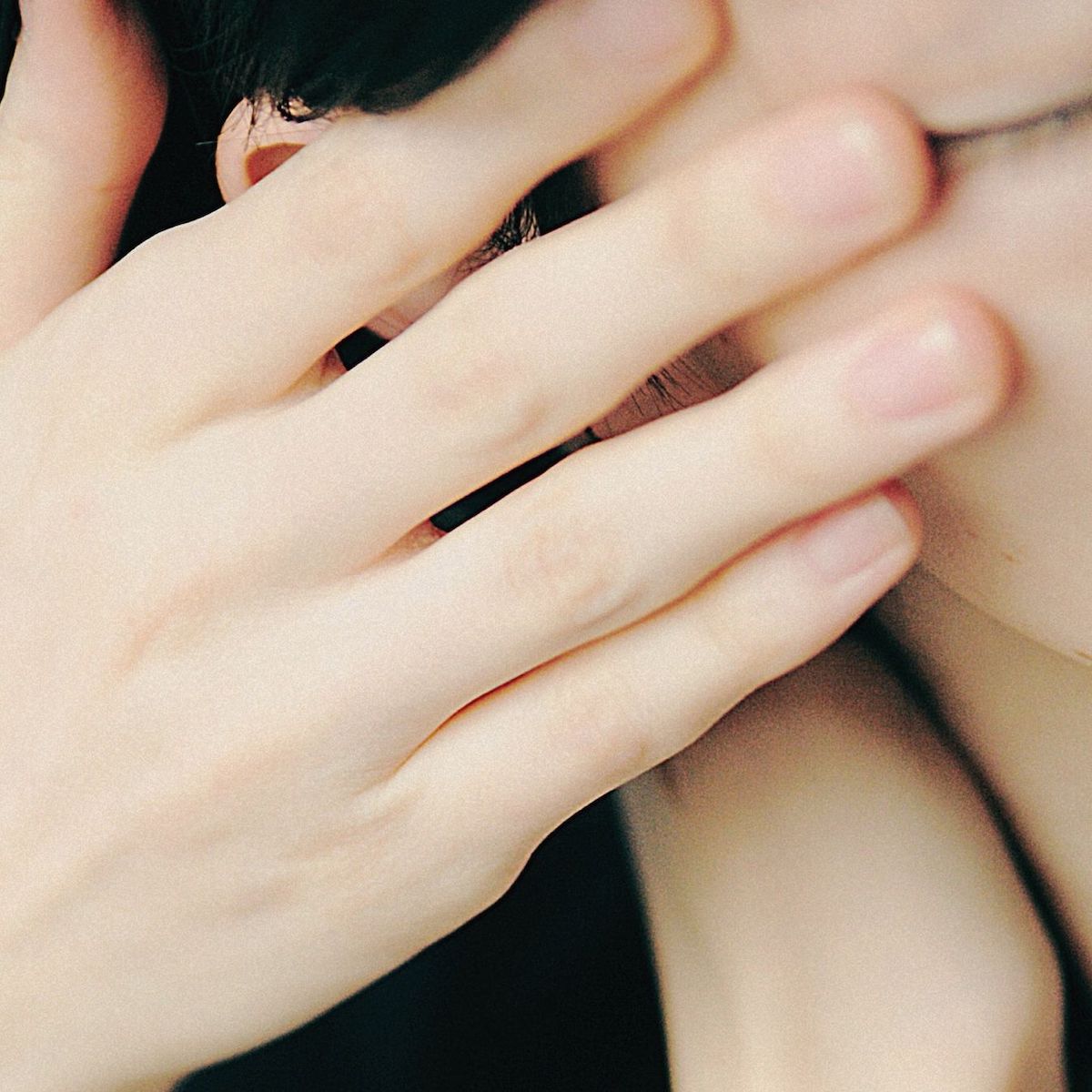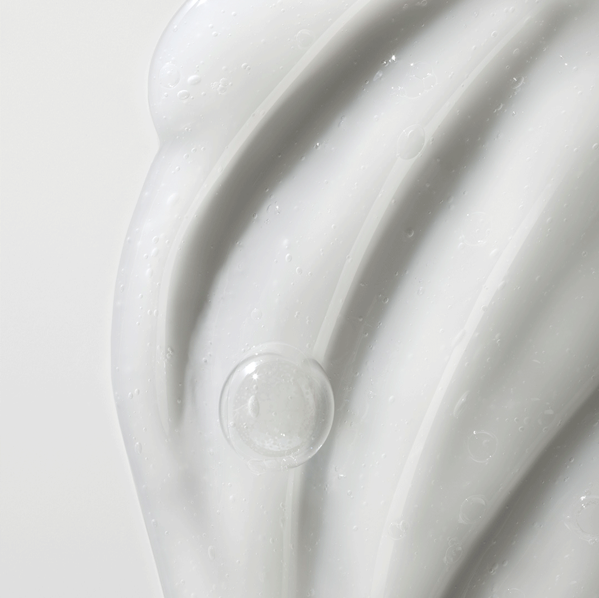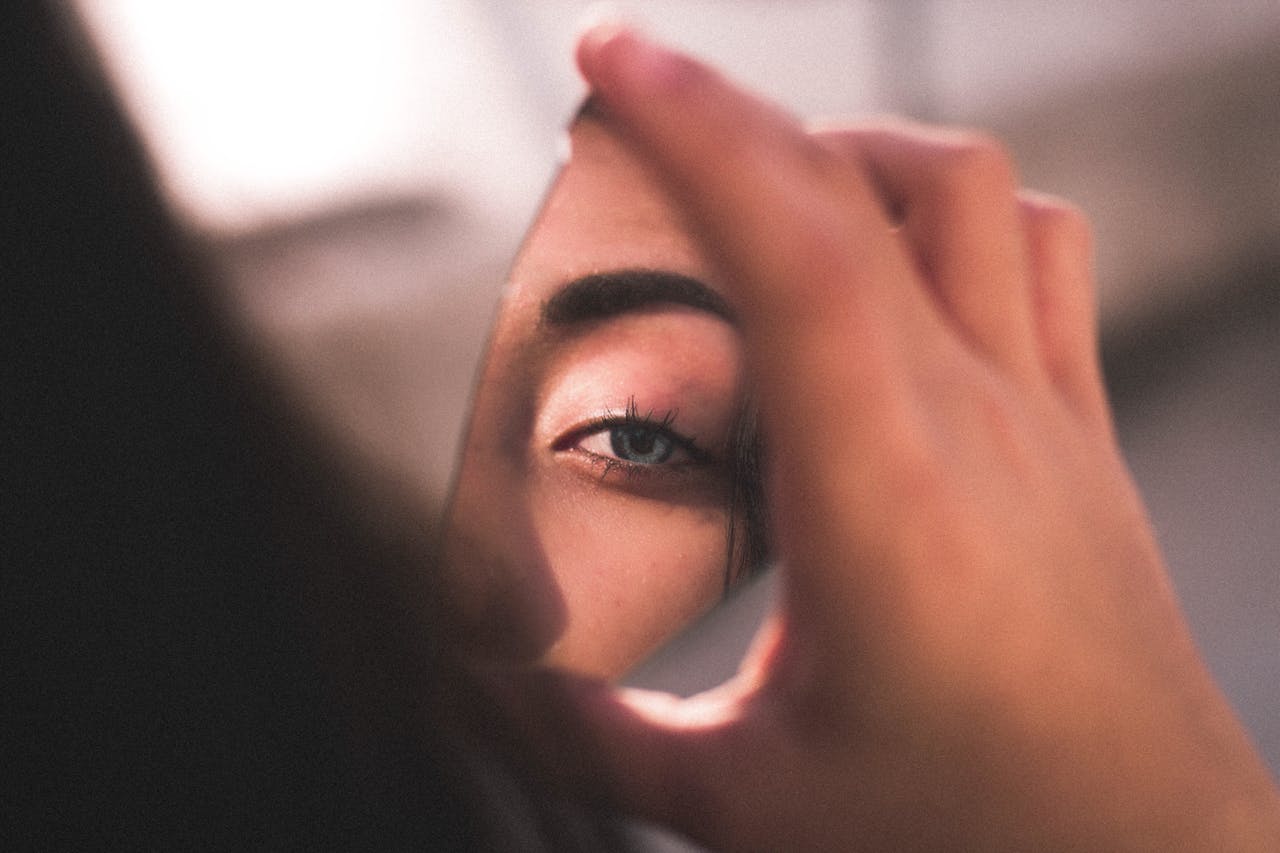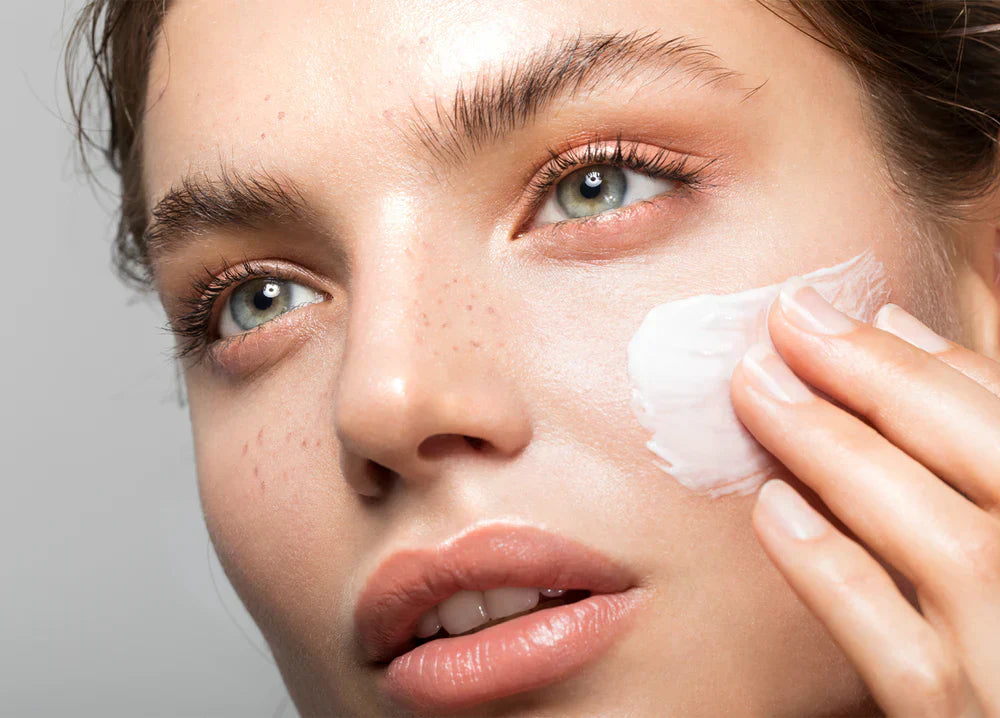Spending time in the sun, aging and even hormonal changes can show up on your face as broken capillaries or redness. These ‘spider veins’, which typically crop up on your cheeks and around your nose, are harmless – but one of those pesky skincare concerns that can make even the clearest complexion appear uneven.
The good news? Yes, they may be unsightly, but these broken blood vessels aren’t something you have to live with. Follow our guide to understand what causes them, how to prevent them and how to treat them – and reclaim smooth, even skin.
What Causes Broken Capillaries on Face?
First things first: you’re not alone. Broken capillaries on your face are very common. Known informally as ‘spider veins’, they’re fine pink or red lines that look like spider webs. They’re called telangiectasias: small, dilated and damaged blood vessels that have become visible just below the surface of your skin. They generally appear on the face, but can appear anywhere on the body, including your legs.
A variety of factors can lead to broken capillaries, including:
- Sun damage: prolonged UV exposure weakens blood vessel walls, making them more susceptible to breaking. This is particularly common in areas frequently exposed to the sun, such as the nose and cheeks.
- Aging: as skin naturally thins with age, blood vessels become more visible and vulnerable to damage.
- Genetics: if broken capillaries run in your family, you may be genetically predisposed to developing them.
- Skin trauma: excessive scrubbing, use of harsh skincare products or even minor injuries can lead to capillary damage.
- Alcohol consumption: frequent alcohol intake can dilate blood vessels, leading to redness and a higher risk of permanent broken capillaries, particularly in the face.
- Acne and rosacea: skin conditions like acne and rosacea that cause prolonged inflammation can weaken capillary walls over time. Discover more about how to get rid of rosacea permanently. [link to blog]
- Frequent sneezing or nasal congestion: Chronic sneezing or congestion increases pressure in the blood vessels around the nose, making them more likely to dilate and break.
- Hormonal changes: fluctuating estrogen levels, whether due to pregnancy, birth control pills or hormone replacement therapy, can increase the risk of broken capillaries by affecting blood flow and vessel strength.
These factors often overlap, so understanding your specific triggers is essential for prevention and treatment.
Broken Capillaries On Face: The Impact On Your Skin
Broken capillaries can leave your skin looking red and uneven, often clustering around the nose, cheeks or chin. While they’re not a medical issue, they can affect your confidence – especially when makeup doesn’t fully conceal them.
Thankfully, spider veins can be effectively treated with professional help from a dermatologist. Experts agree that at-home remedies are not sufficient to remove broken capillaries, so consulting a specialist is key to achieving noticeable results.
How to Get Rid of Broken Capillaries on Face
If broken capillaries on your face are bothering you, there’s good news: effective treatments can significantly reduce their appearance. From advanced laser therapies to targeted injections, these options are designed to tackle visible veins and restore an even skin tone.

Here’s a breakdown of the top professional treatments to consider.
1. Laser Therapy
Laser treatments, such as the Nd:YAG laser and ones that target blood under the skin like 532, 585 and 1064nm lasers, are among the most effective ways to reduce the appearance of broken capillaries. These therapies use concentrated light energy to target and destroy the affected blood vessels. The heat causes the capillary walls to collapse, allowing the body to naturally absorb the vessel over time.
2. Intense Pulsed Light Therapy
Intense Pulsed Light (IPL) is another powerful option for tackling spider veins. Unlike lasers, IPL uses a broad spectrum of light to target broken capillaries while also addressing other skin concerns like acne scars, hyperpigmentation and fine lines. The light energy penetrates the skin, stimulating collagen production and shrinking visible capillaries. It’s an excellent multipurpose treatment for overall skin rejuvenation.
3. Sclerotherapy
Traditionally used for larger veins on the legs, sclerotherapy involves injecting a solution directly into the capillary, causing it to collapse and fade. While not as common for facial veins, it can be an effective option in specific cases. Discuss this with a dermatologist to determine if it’s suitable for your skin and condition.
These professional treatments are highly effective, but consulting a qualified dermatologist is essential to determine the best approach for your skin type and needs.
Protecting Your Skin and Preventing Broken Capillaries
Taking care of your skin goes beyond treating existing concerns – it’s about prevention. Incorporating gentle skincare practices and being mindful of environmental stressors can significantly reduce your risk of developing broken capillaries on your face. Here’s what you need to know:
Ingredients that Strengthen and Protect Your Skin
Ingredients like retinoids, vitamin C and niacinamide are excellent for improving skin texture and reinforcing its natural barriers. To address skin concerns like improving texture, calming redness and supporting vascular health, add these dermatologist-approved hero products to your skincare regime:
1. Retinol
Under Skin’s Advanced Retinol Restorer is enriched with retinoids to refine skin texture and reduce signs of aging. It’s particularly effective for uneven skin tones and minimizing fine lines. Find out more about how to use retinoids in your skincare routine.
2. Vitamin C
La Roche-Posay’s Vitamin C Serum 10% is designed to brighten the skin, reduce redness and support vascular health while protecting against environmental stressors.
3. Niacinamide
Try a niacinamide-infused hydrator that reinforces the skin’s natural barrier and provides intense hydration, suitable for sensitive or redness-prone skin, like SkinMedica’s HA5 Rejuvenating Hydrator.
4. Sunscreen
Always pair your skincare with a high-quality sunscreen such as EltaMD UV Clear SPF 46, which is lightweight, calming and effective for sensitive and redness-prone skin.
Steps to Prevent Broken Capillaries
- Apply sunscreen daily: use a broad-spectrum SPF 30 or higher to guard against sun damage, reapplying every two hours if swimming or sweating. Regular use can prevent sun damage, broken capillaries and skin cancer.
- Be gentle on your skin: avoid harsh scrubs, over-exfoliating or aggressive treatments. Stick to soothing, sensitive skin-friendly products.
- Steer clear of extreme temperatures: minimize exposure to sudden shifts from hot to cold, as they can stress your blood vessels.
- Moisturize regularly: hydrated skin is more resilient and less prone to damage from environmental stressors.
- Choose gentle cosmetics: opt for non-irritating, fragrance-free makeup and skincare products to minimize inflammation.
Take Professional Advice
Before pursuing any treatments for broken capillaries, do consult a dermatologist or skincare professional. They can assess your skin’s condition, determine the extent of the broken capillaries and recommend the most effective treatment plan tailored to your needs.
While treatments like laser therapy and intense pulsed light (IPL) are generally safe, they can cause some discomfort during the procedure. The side effects, such as temporary bruising or redness, are usually minor and resolve quickly.
However, improper technique can lead to more serious side effects like scarring or pigmentation changes. To ensure the best results and minimize risks, always choose a board-certified dermatologist or an experienced medical professional familiar with these treatments.
Get Your Glow Back
Broken capillaries on the face may be a common nuisance, but they’re far from untreatable. With the right care, targeted treatments and preventive measures, you can restore your skin’s natural glow.
Ready to take the next step? Explore our expert-led and science-backed beauty to help reduce redness and support healthier, more resilient skin.
Reviewed by Dr. Mary Lupo, MD









